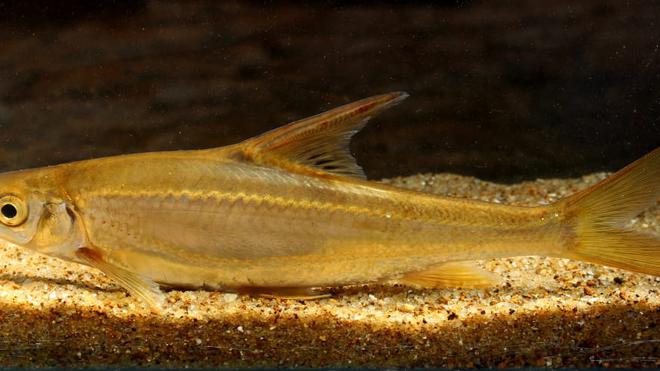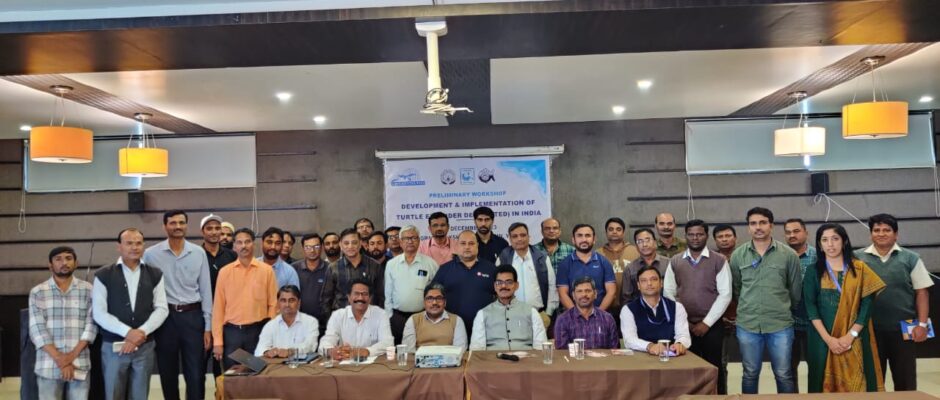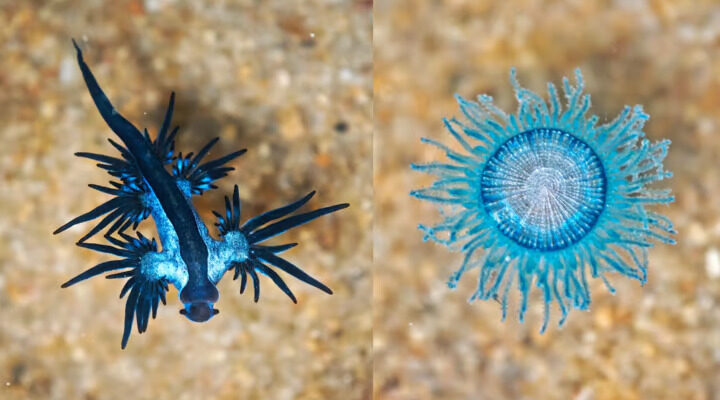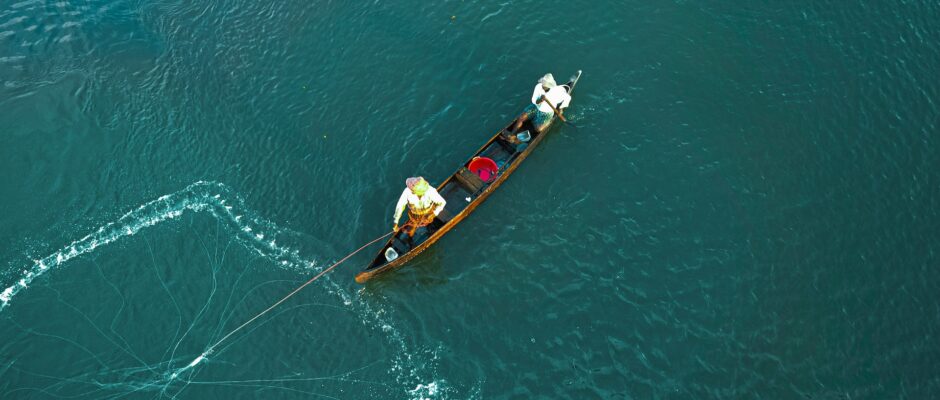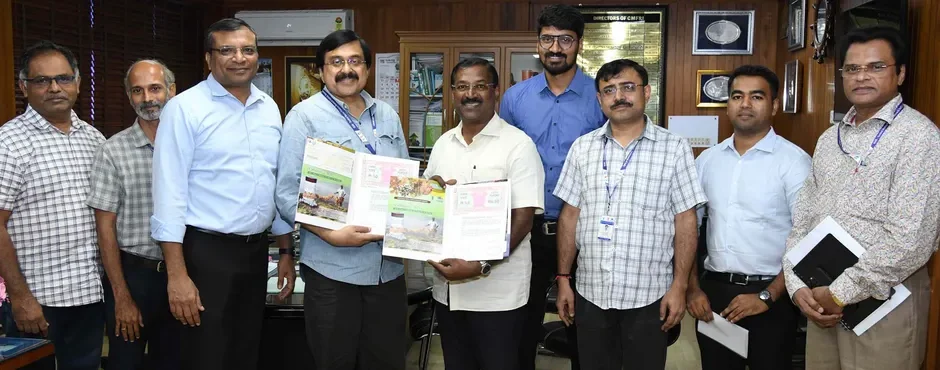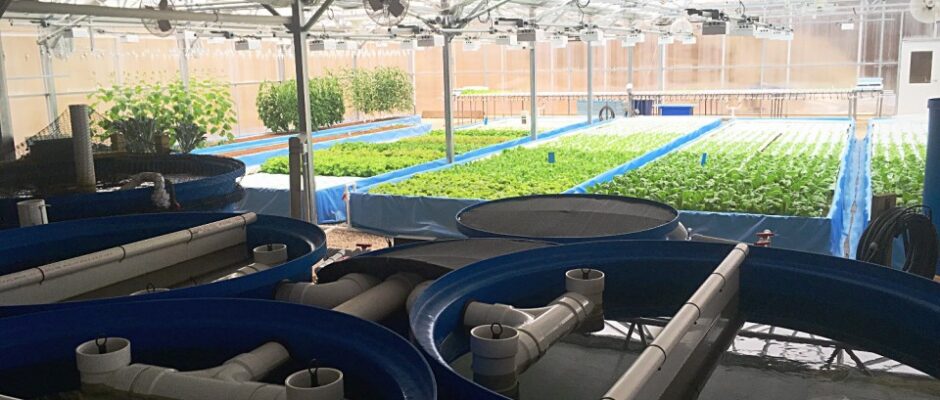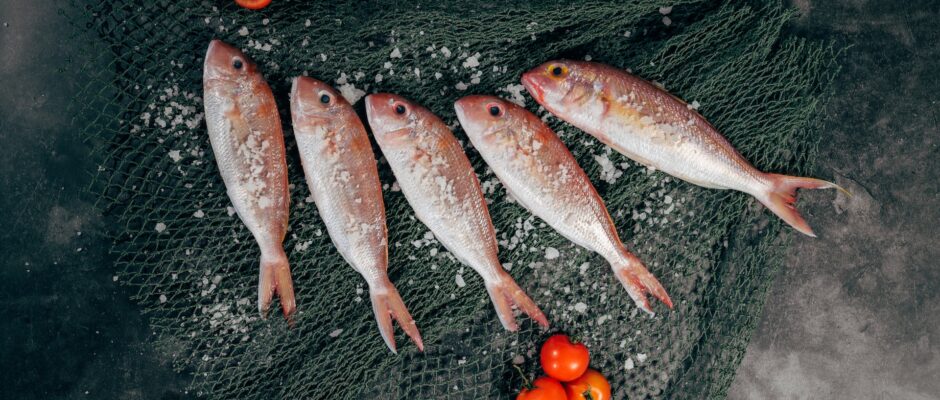Decoding the Enigma: Scientists Unravel the Genetic Secrets of Kerala’s Rare “Brahmanakenda” Fish
Scientists have cracked the code of the mitochondrial genome of Lepidopygopsis typus, a unique and endangered fish species known as the “Brahmanakenda” found only in Kerala’s Periyar Tiger Reserve. This breakthrough promises to unlock secrets about the evolution and survival of this enigmatic creature, while highlighting the urgent need for conservation action. The “Brahmanakenda” stands out not just for its restricted habitat but also for being a “monotypic” species, the sole representative of its genus. Understanding its genetic makeup through mitogenome sequencing is crucial to grasping its evolutionary journey and relationships with other fish. Sadly, this fascinating fish faces the threat of extinction, listed as “endangered” on the IUCN Red List. Its limited range and competition from invasive species like carp and catfish put its future at stake. The research, published in the journal Genes, sheds light on how the “Brahmanakenda’s” unique genetic structure and molecular traits allow it to thrive in the cold, mountainous streams of the Western Ghats. But these very adaptations, researchers warn, might also contribute to its vulnerability. The team, led by scientists from Kerala University of Fisheries and Ocean Studies and Christian College, Chengannur, emphasizes the pressing need for a conservation action plan. The “Brahmanakenda’s” narrow distribution, invasive species threats, and peculiar genetic makeup necessitate immediate and targeted intervention. “This exceptional fish is not just a rare species; it’s a window to the evolutionary history of the Western Ghats,” says Rajeev Raghavan, lead author of the study. “Deciphering its genetic code gives us crucial insights for effective conservation strategies to secure its future. We must act now to protect this living heritage of Kerala.” The successful decoding of the “Brahmanakenda’s” mitochondrial genome marks a significant step towards safeguarding this irreplaceable fish. By understanding its unique biology and the challenges it faces, researchers and conservationists can now work together to ensure its survival in the pristine waters of the Western Ghats.

